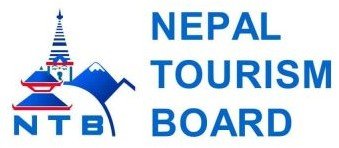Prevent Altitude Sickness while Trekking
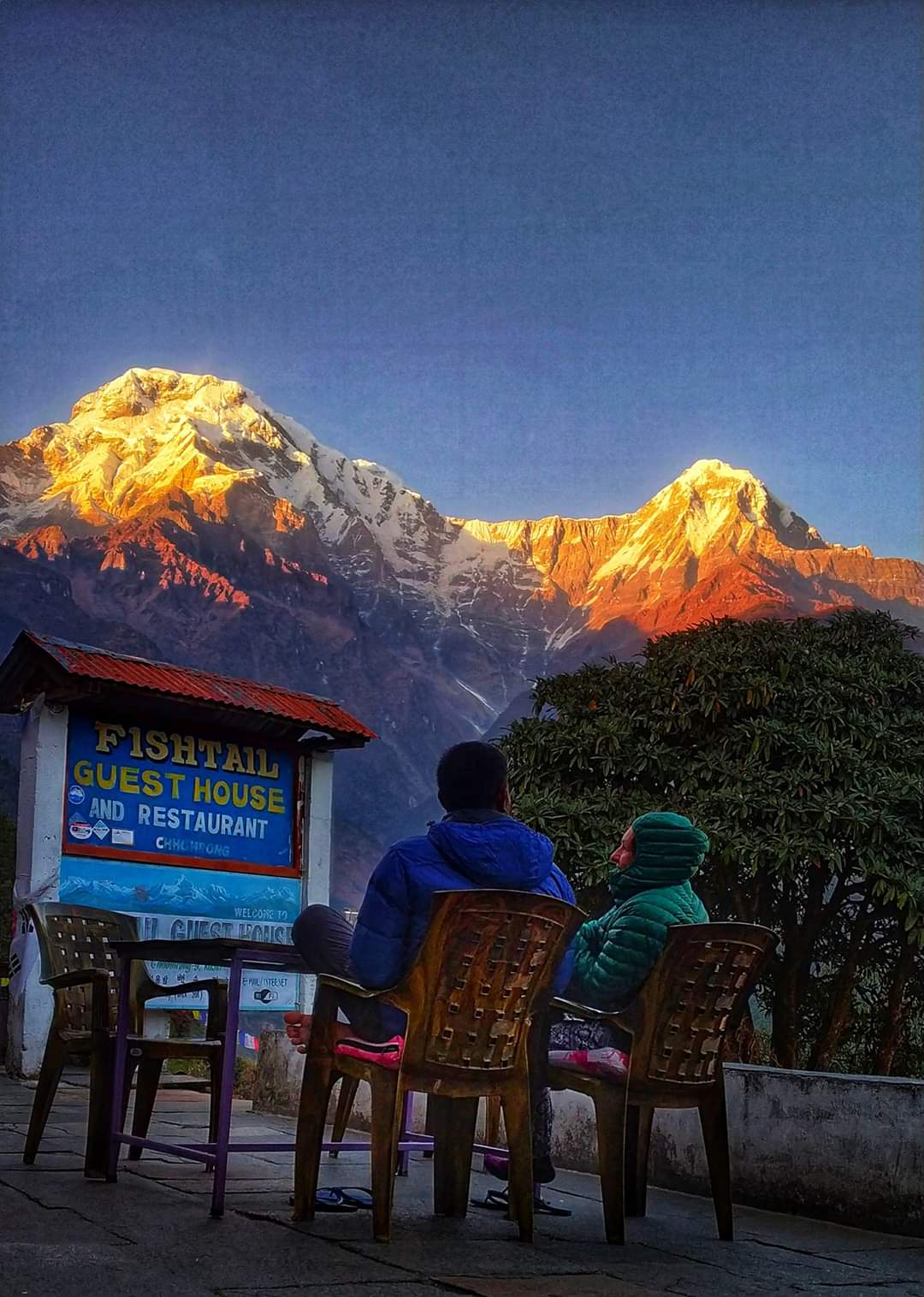
27th Jul, 2023
- teamramadventure
Prevent Altitude Sickness while Trekking: A Comprehensive Guide by Team Ram Adventure
Table of Contents
Introduction:
Mountain trekking is a thrilling and satisfying activity that allows us to connect with nature and push our physical and mental limits. Altitude sickness is one of the worries; however, there are others as well. A common sickness that can affect trekkers, mountaineers, and explorers who go to high altitudes too quickly is altitude sickness, often known as acute mountain sickness (AMS). But fear not; with the correct planning and information, you can avoid altitude sickness while trekking and fully enjoy your trip.
What is Altitude Sickness?
Altitude sickness is a sickness caused by the reduced air pressure and lower oxygen levels at higher elevations. As you climb to greater heights, the amount of oxygen available in the air decreases, making it harder for your body to get the oxygen it needs. This lack of oxygen can lead to various symptoms and affect anyone, regardless of age, fitness level, or previous experience with high altitudes.
Altitude Sickness Symptoms and Diagnosis:
For immediate treatment and to prevent the condition from getting worse, it is essential to identify the symptoms of altitude sickness. The symptoms can range from mild to serious and consist of:
- Headache
- Nausea and vomiting
- Fatigue and weakness
- Dizziness or lightheadedness
- Shortness of breath
- Loss of appetite
- Difficulty sleeping
- Rapid pulse
- Swelling of the hands, feet, or face
In severe cases, altitude sickness can progress to high altitude cerebral edema (HACE) or high altitude pulmonary edema (HAPE), which are life-threatening conditions and require immediate medical attention.
Prevent Altitude Sickness while Trekking:
- Gradual Ascend: The key to preventing altitude sickness is to allow your body time to acclimatize to the changing altitude. Avoid climbing too quickly and plan your trek with gradual altitude gain, giving your body time to adjust to the changing conditions.
- Stay hydrated. Proper hydration is essential at high altitudes. Drink plenty of water throughout your trek, as dehydration can worsen altitude sickness symptoms.
- Balanced Diet: Maintain a balanced diet rich in carbohydrates to fuel your body's energy requirements. Avoid heavy and greasy foods that might be hard to digest at high altitudes.
- Avoid Alcohol and Tobacco: Alcohol and tobacco can further dehydrate your body and increase the chance of altitude sickness symptoms. Avoid their consumption during your trek.
- Medication: Consult with a healthcare professional before your trek and discuss the option of medications like acetazolamide (Diamox) to help prevent altitude sickness. However, remember that medication is not a substitute for proper acclimatization.
- Rest: Listen to your body and take rest breaks during your trek. Avoid overexertion, especially in the initial days of the trek, when acclimatization is necessary.
- Monitor Symptoms: Be aware of any signs of altitude sickness, not just in yourself but also in your fellow trekkers. Promptly communicate any concerning symptoms to your trek leader.
Feeling Sick. What now?
Despite all precautions, sometimes altitude sickness can still strike. If you or any of your team members start experiencing symptoms of altitude sickness,
-
Descend: The most effective treatment for altitude sickness is to descend to a lower altitude immediately. Do not ignore symptoms or push yourself to continue ascending.
-
Rest and Hydrate: If immediate descent is not possible, take rest and drink plenty of water. Inform your trek leader and team members about your condition.
-
Supplemental Oxygen: In severe cases, the use of supplemental oxygen can provide temporary relief while arranging for evacuation.
-
Evacuation: If symptoms persist or worsen despite these measures, prioritize evacuation to a lower elevation and seek medical attention promptly.
Why With Us?
Choosing the right trekking company can significantly impact your trekking experience and safety. Here's why you should consider Team Ram Adventure for your high-altitude treks:
-
Experienced Guides: Our team of experienced and certified guides is well-versed in altitude-related challenges and can guide you through proper acclimatization.
-
Safety First: Your safety is our utmost priority. We prioritize proper acclimatization and are equipped to handle emergencies.
-
Small Group Size: We keep our trekking groups small to ensure personalized attention and care for each trekker.
-
Well-planned Itineraries: Our itineraries are thoughtfully designed to allow ample time for acclimatization, reducing the risk of altitude sickness.
-
Medical Assistance: Our guides are trained in wilderness first aid, and we have access to emergency evacuation facilities when needed.
Last but not least, with proper preparation, knowledge, and the guidance of experienced professionals like Team Ram Adventure, you can minimize the risk of altitude sickness while trekking. Remember to acclimatize gradually, stay hydrated, and be attentive to your body's signals. Enjoy the breathtaking beauty of the mountains with caution and safety on your next excursion.
Altitude Sickness Symptoms and Preventive Measures
|
Altitude Sickness Symptoms |
Preventive Measures |
|
Headache |
Gradual Ascend |
|
Nausea and vomiting |
Stay Hydrated |
|
Fatigue and weakness |
Balanced Diet |
|
Dizziness or lightheadedness |
Avoid Alcohol and Tobacco |
|
Shortness of breath |
Medication |
|
Loss of appetite |
Rest |
|
Difficulty sleeping |
Monitor Symptoms |
|
Rapid pulse |
|
|
Swelling of extremities |
Please note that this table is not exhaustive, and symptoms and preventive measures may vary from person to person. Always consult with a healthcare professional and trek leader before undertaking high-altitude treks.


 Plan Your Trip Now
Plan Your Trip Now 










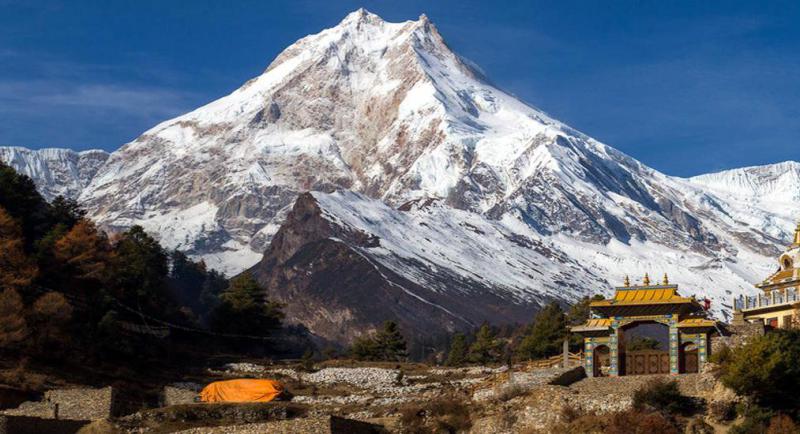











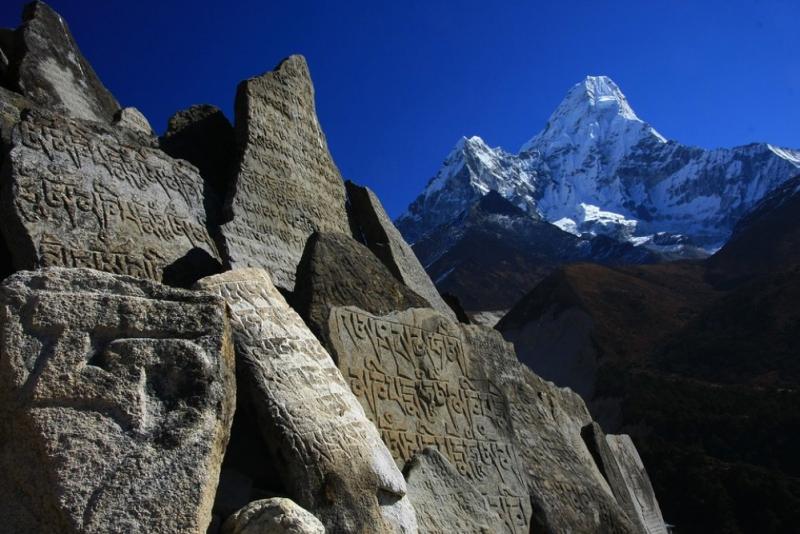






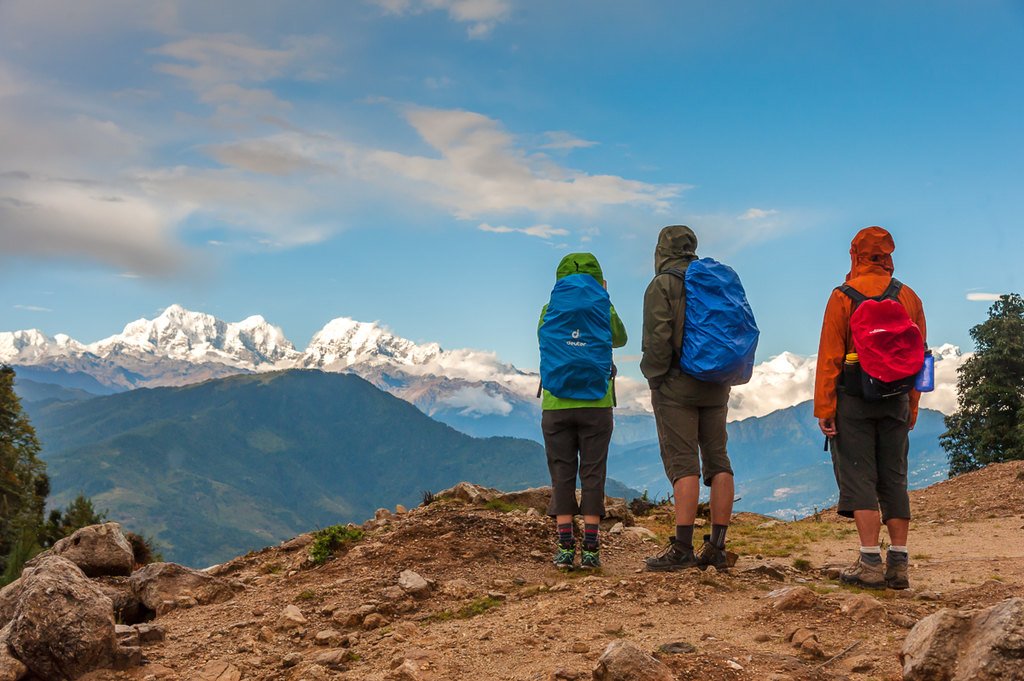
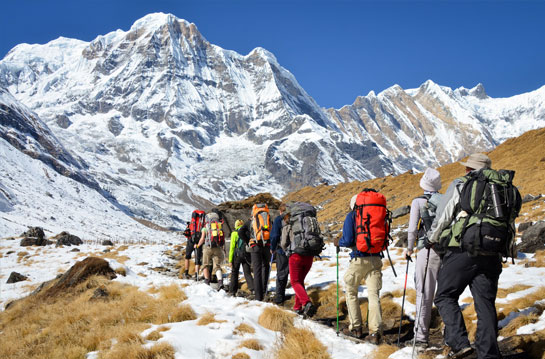
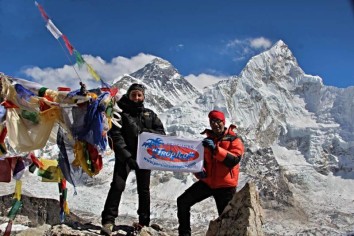






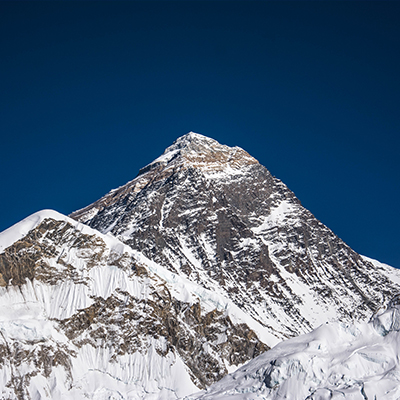


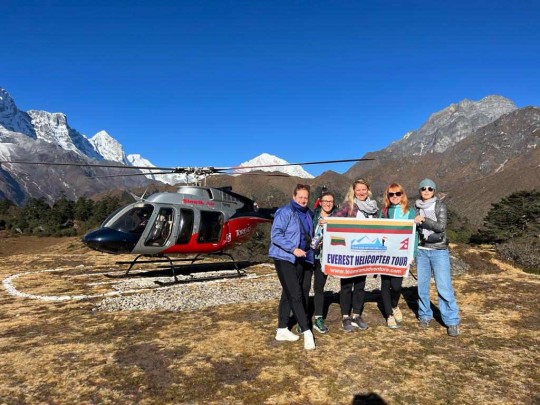



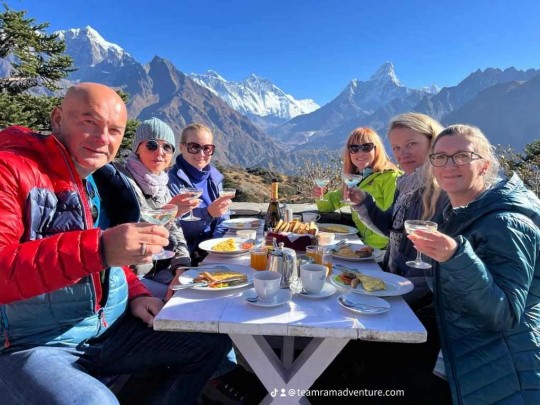







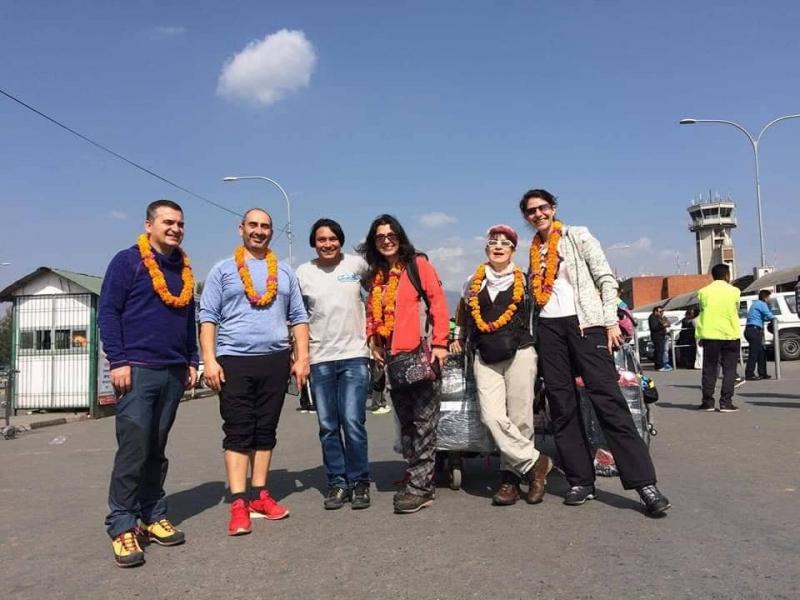












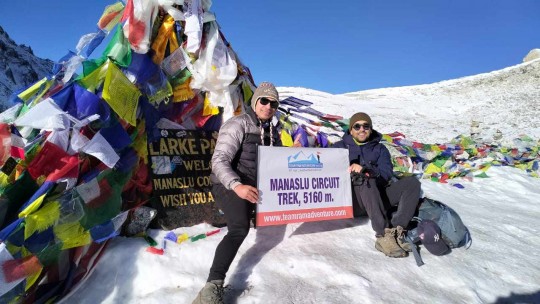
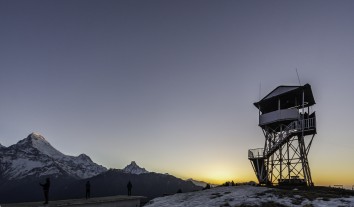
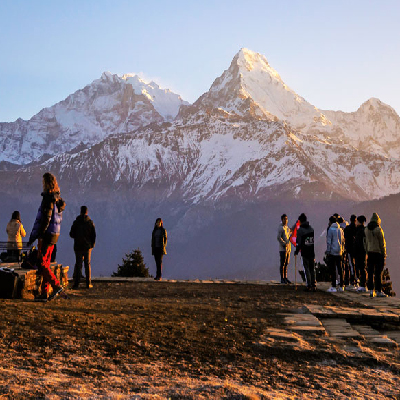










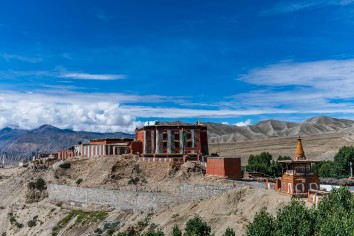


.jpg)







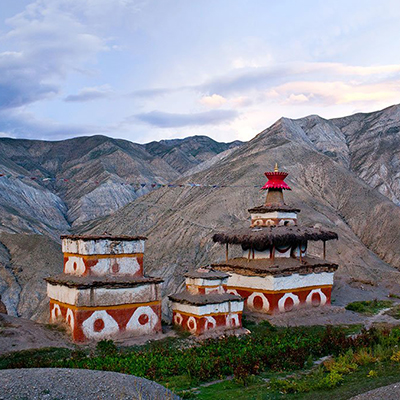
.jpg)


.jpg)

